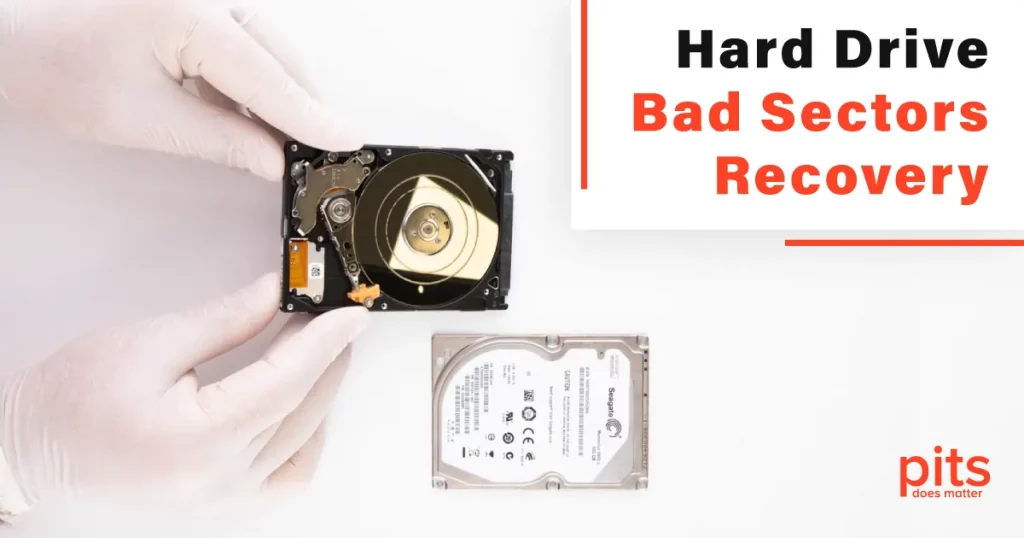Bad sectors are problematic areas on a storage device where data cannot be read or written due to physical damage or logical errors. Physical damage can be caused by factors such as wear and tear, manufacturing defects, exposure to heat, moisture or shock. Mechanical or electrical component failures can occur due to factors like motor failures, head crashes, or firmware bugs. Logical errors, on the other hand, can be caused by issues such as file system corruption, malware, and software bugs.
While some bad sectors can be repaired, others may be permanent and require replacing the drive. Bad sectors can lead to data loss and impact system performance, and so it’s essential to regularly monitor disks for bad sectors and take proactive measures such as backing up data to prevent data loss.
It’s also important to handle storage devices with care to prevent physical damage, as well as regularly perform disk checks to identify and address any emerging issues that may lead to bad sectors.
Hard Drive Bad Sectors
One of the issues that can arise with a hard drive is the presence of a bad sector, which refers to a specific part of the storage medium that cannot consistently hold data. Such sectors can be a source of problems, leading to data loss, corruption, or even instability in the system. There are two primary types of bad sectors, each with its causes and characteristics. Here are the types of bad sectors:
Logical Bad Sectors
Logical bad sectors (“Soft Bad Sectors”) are software-related issues and do not involve physical damage to the storage medium. They are typically associated with problems in the file system or how data is stored on the drive.
Fixing Logical bad sectors with software tools that identify the affected areas and prevent data storage in those locations is often possible. Running disk-checking utilities as part of regular maintenance can help identify and repair logical bad sectors.
Physical Bad Sectors
Physical bad sectors (Hard Bad Sectors) result from actual damage to the storage medium itself. The compromised underlying hardware renders software alone ineffective in fixing these sectors.
Physical bad sectors often necessitate more comprehensive remedies, such as engaging professional data recovery services or, in severe instances, substituting the hard drive.
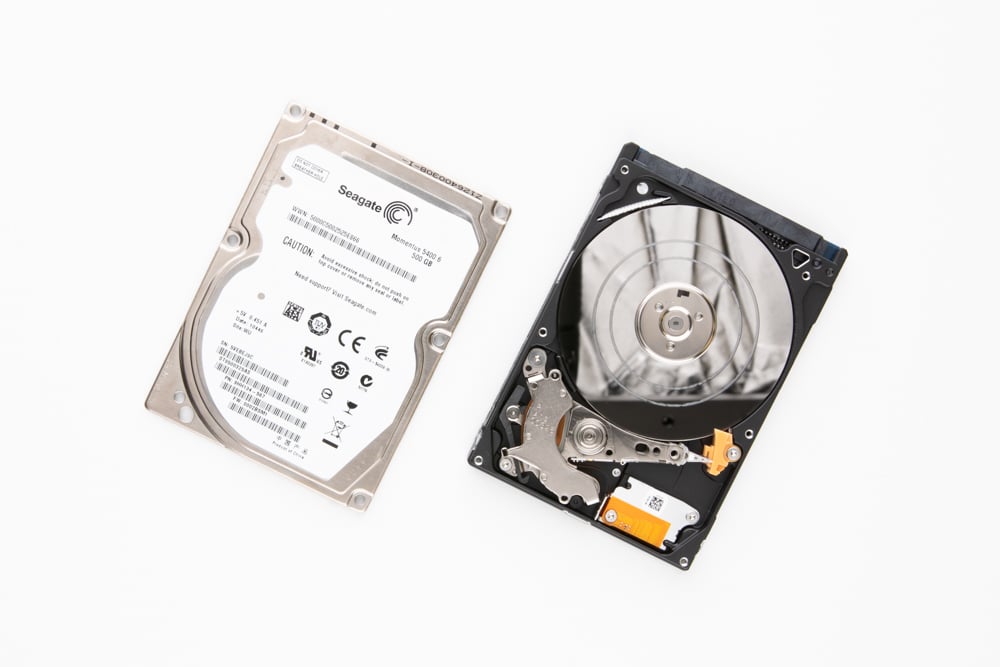
Bad Sectors on Hard Drive: Signs and Symptoms
There are several signs that a hard drive may have bad sectors, including disk errors, data loss, and slow performance. Error messages such as “disk not found” or “disk not formatted” can indicate that the hard drive has bad sectors. Additionally, the operating system may have difficulty accessing files and folders on the drive, or the hard drive may become unresponsive or fail to function altogether.
Disk Errors and File System Inconsistencies
When your hard drive starts experiencing bad sectors, you may encounter disk errors and inconsistencies in the file system. These errors can hinder regular tasks such as copying, moving, or deleting files. Moreover, if bad sectors corrupt the file system, it can result in problems, including the loss of the entire directory structure and the data it contains.
Data Loss and File Corruption
The presence of bad sectors can have a direct impact on the integrity of your data. When the drive faces difficulties reading or writing data from these damaged areas, files stored in those sectors may become corrupted. It can result in situations where you attempt to access a document, image, or video only to discover that it is no longer usable. Frequent data loss caused by bad sectors can lead to frustration and the potential loss of important information.
System Sluggishness and Frequent Freezes
A clear decline in your computer’s performance is an additional prevalent indicator of faulty sectors. The duration it takes for your operating system to start up, open programs, or execute regular tasks may substantially lengthen. Frequent system freezes or crashes may also transpire, resulting in an unstable and challenging computer experience.
Hard Drive Bad Sector Recovery: Data Recovery Options
In cases where data has been lost due to bad sectors, there are several options for data recovery. People often use data recovery software to recover lost data from the hard drive.
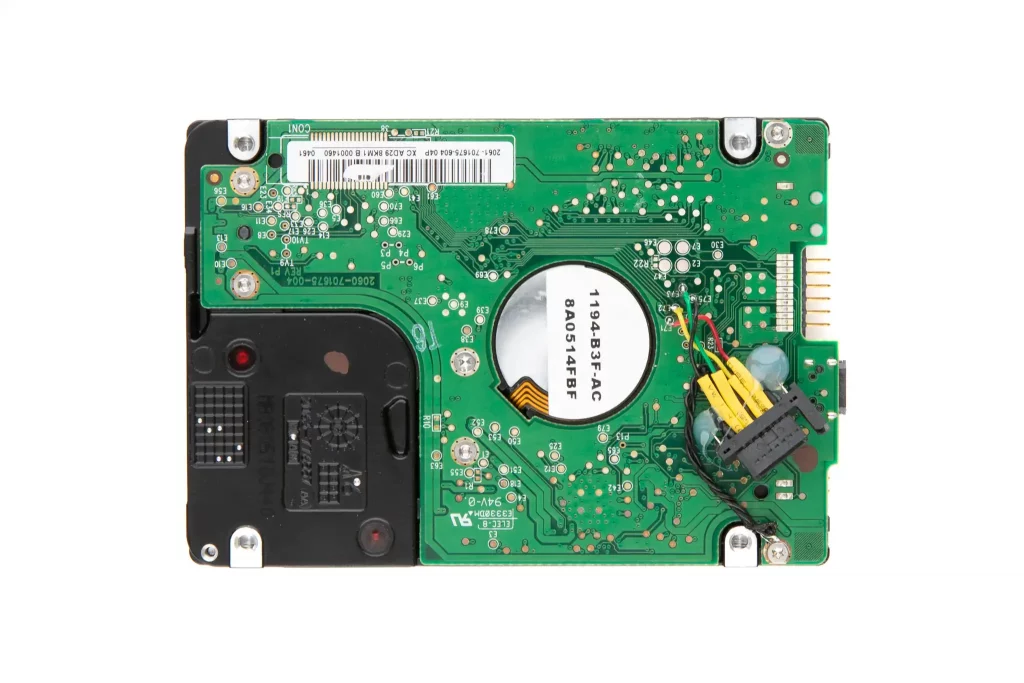
However, this recovery tool is risky and can cause more harm than good. Moreover, you can insert viruses into your fragile device by downloading and installing a program from an unverified source.
Alternatively, you can transfer your data to a flash drive or external hard drive. To do this, connect the external drive to your computer and copy the data from the hard drive to the external drive.
For the best result of the recovery, you need to seek the assistance of a skilled data recovery company. The recovery service providers specialize in retrieving files from hard drives with bad sectors and performing safe and efficient processes.
Hard Drive Bad Sector: Prevention is Key
The best way to avoid bad sectors on your hard drive is to prevent them from happening in the first place. Regularly backing up your data and maintaining your computer’s file system can reduce the risk of bad sectors and data loss.
Additionally, be mindful of physical damage to your hard drive. Avoid dropping your hard drive, and be careful when handling the drive. If you are using an external HDD, consider using a protective case or cover to save the device from scratches and other forms of physical damage.
In conclusion, hard drive bad sectors can be a frustrating and potentially costly problem. Still, with the right techniques and tools, it is possible to recover your lost data and restore your hard drive to full functionality. Whether you are dealing with physical or logical bad sectors, acting quickly and being prepared to try multiple data recovery methods can help increase your chances of success.
Data Recovery Hard Drive Bad Sector: Tips and Tricks
If you need to recover valuable data from a device with bad sectors, several tips and tricks can help you increase the chances for successful recovery. First, it is important to act quickly, as waiting can lead to further data loss or make it more difficult to recover your data.
It is also essential to avoid using the hard drive, as doing so can cause further damage and make it more difficult to recover your data. Disconnect the hard drive from your computer and connect it to a different computer.
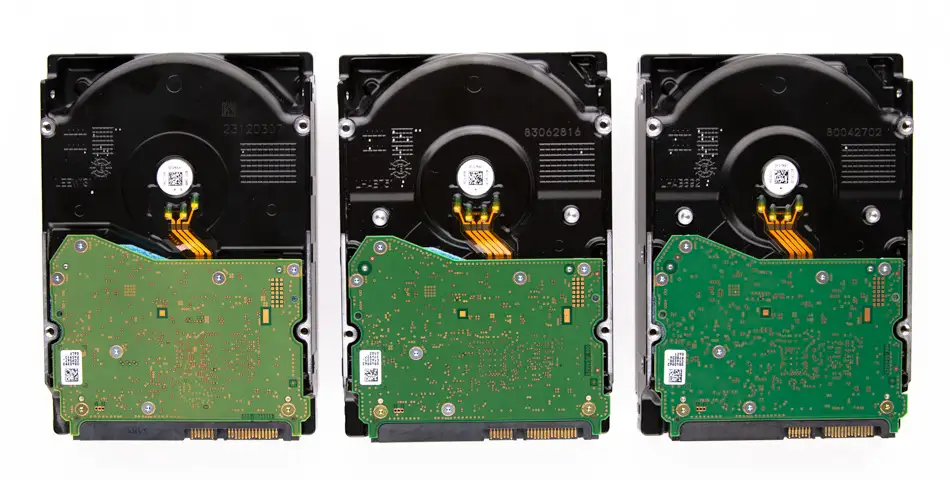
Our Bad Sector Hard Drive Recovery
PITS, a leading data recovery service provider, specializes in recovering hard drives with bad sectors. Our team of data recovery experts has years of experience in this field and uses cutting-edge technology to provide successful recoveries from damaged storage media.
The process begins with a detailed evaluation of the drive’s damage by certified technicians. The review is followed by comprehensive information about the cost and time required for the process.
The next step is to recover data using advanced technologies such as Cleanroom environments, state-of-the-art techniques, and the latest tools.
Once the hard drive with bad sectors is retrieved, and data is successfully recovered, we perform detailed tests to ensure that it was corrupted during retrieval or restoration. PITS understands that losing important files can be catastrophic, so we guarantee confidentiality and high-security standards when handling sensitive information.
Advantages of Our Services:
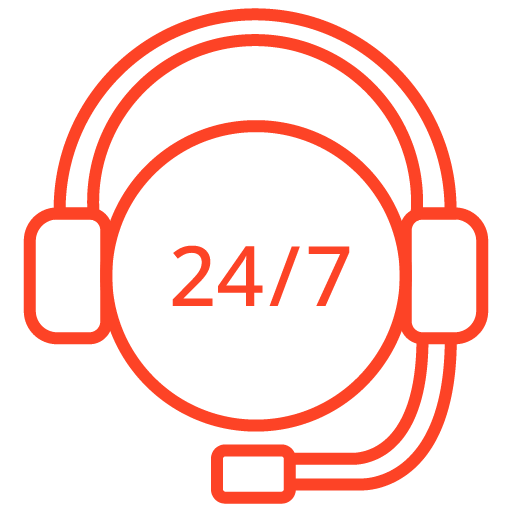
If you’re facing a data loss situation, don’t hesitate to contact us. Our 24/7 data recovery services are available to you, 365 days a year. Let us help you recover your precious data today.
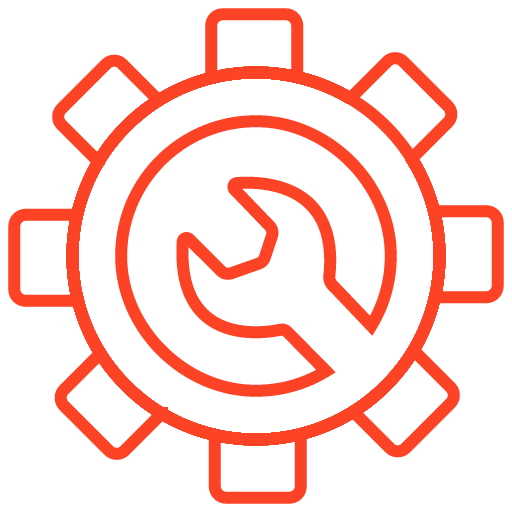
We start the recovery process with a risk-free evaluation. Our technicians estimate reasons for data loss and the level of damage. Based on it, we select the most suitable recovery strategy.

With years in the data recovery industry, our company supports the highest customer satisfaction rate. We do everything to provide a positive experience for our clients.

During our remote customer file verification session, you will thoroughly review all necessary documents and records to ensure accuracy and compliance.

We offer data recovery services from over 50 locations across the US. This means that no matter where you are located, you can access our services to recover the data.

With our certified data recovery services and 99% success rate, we are confident that we can recover your precious data and get you back up and running in no time.
Our professional data recovery services for hard drives with bad sectors are designed to ensure the maximum result. With years of expertise in this field and state-of-the-art technologies, PITS provides a comprehensive set of services for any data loss scenario. Start your bad sector data recovery process today with our team by filling out the below form.
Blogs Related to Hard Drive Errors

Disk Boot Failure on Windows 10
Discover solutions to fix disk boot failure on Windows 10, including entering the BIOS, utilizing advanced options, and using bootable media.
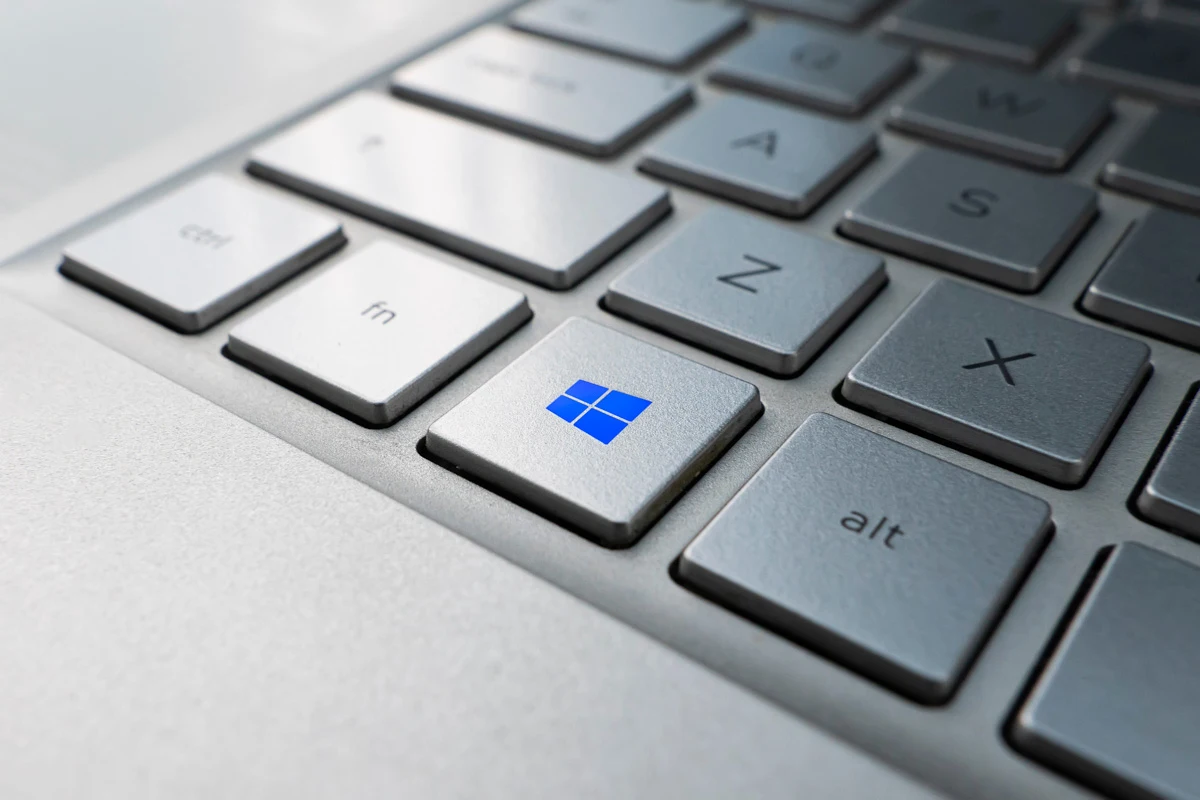
Smart Failure Predicted on Hard Disk
Discover the causes of SMART failure predictions and steps to potentially fix SMART predictions on your hard disk to prevent data loss.
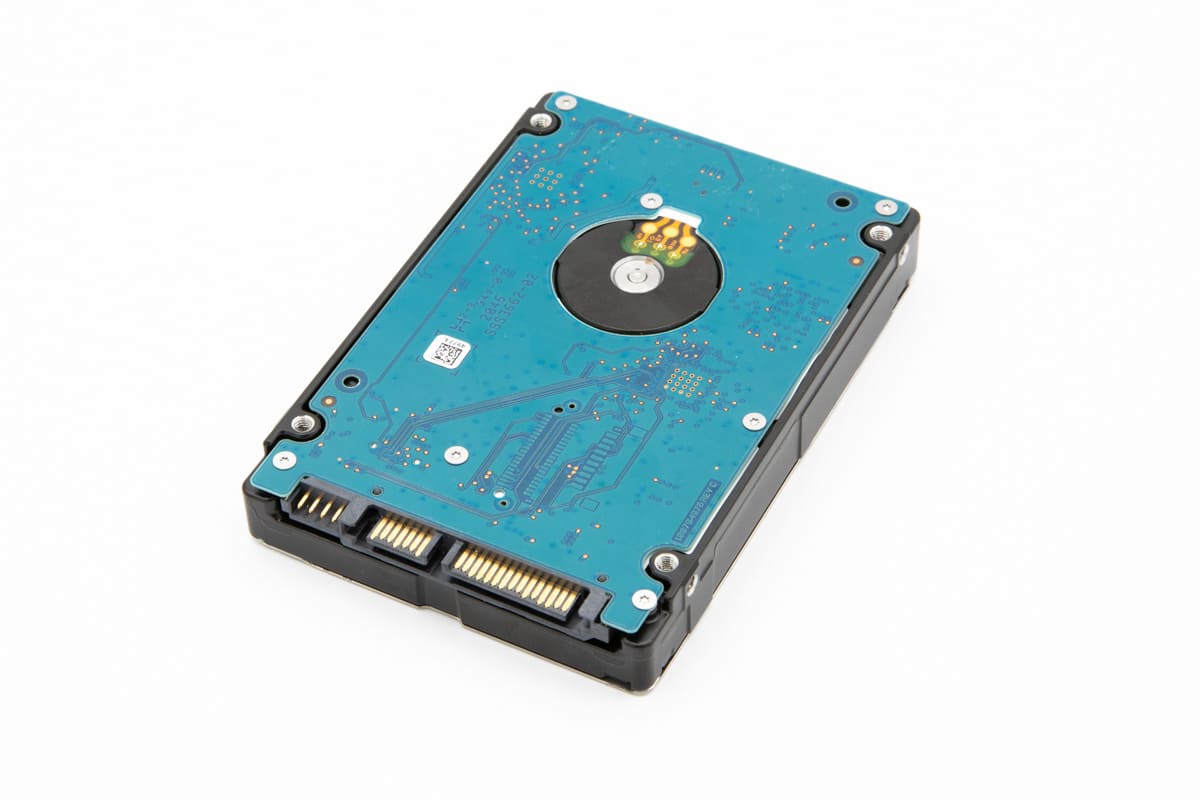
Common Hard Drive Errors in Windows 10
Do not let hard drive errors bring your computer to a halt. Here we present the most common hard drive errors and learn how to fix them.
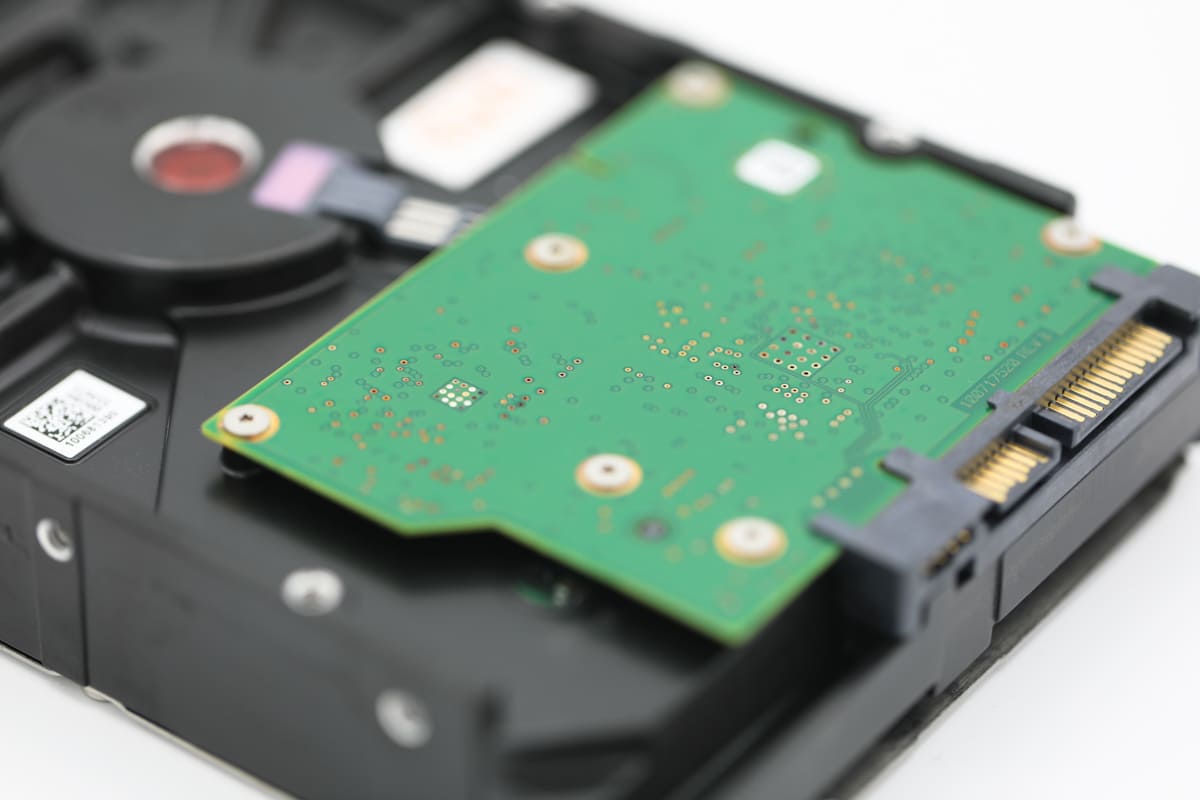
Hard Drive Not Detected
Learn about the causes of a hard drive not being detected, and discover effective methods to troubleshoot and fix the problem.
Frequently Asked Questions
What are bad sectors on a hard drive?
Bad sectors are areas on a hard drive that are physically damaged or cannot reliably store data. They can occur due to various reasons, such as aging, manufacturing defects, or physical impact.
How do bad sectors affect my data?
Bad sectors can lead to data loss or corruption. When a file is stored on a bad sector, it may become inaccessible or contain errors. Over time, the number of bad sectors can increase, affecting the overall performance and reliability of the hard drive.
Can I recover data from a hard drive with bad sectors?
Yes, it is possible to recover data from a hard drive with bad sectors. However, the success of data recovery depends on the extent of the damage and the actions taken. It is advisable to seek professional data recovery services to increase the chances of successful recovery.
Should I attempt DIY data recovery methods for a hard drive with bad sectors?
It is generally not recommended to attempt DIY data recovery methods for a hard drive with bad sectors, especially if the data is crucial. DIY methods can potentially worsen the situation and lead to further data loss. It is best to consult professional data recovery experts who have the expertise and specialized tools to handle such cases.
What are the professional data recovery options for a hard drive with bad sectors?
Professional data recovery services employ various techniques to recover data from hard drives with bad sectors. These may include using specialized hardware and software tools, creating disk images to bypass the damaged areas, or repairing the drive to extract the data.
How can I prevent bad sectors on my hard drive?
While it is not possible to entirely prevent bad sectors, you can take some preventive measures to minimize their occurrence. Regularly backing up your data ensures you have copies in case of hard drive failure. Additionally, avoiding physical damage, keeping your system cool and well-ventilated, and running regular disk maintenance checks can help maintain the health of your hard drive.
Should I replace a hard drive with bad sectors?
If your hard drive has a significant number of bad sectors or is experiencing frequent issues, it is advisable to consider replacing it. Continuing to use a failing hard drive can put your data at risk and lead to further complications. Backup your important data and consult with professionals or your hardware manufacturer for guidance on replacing the drive.
